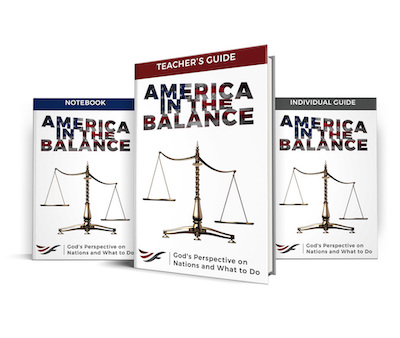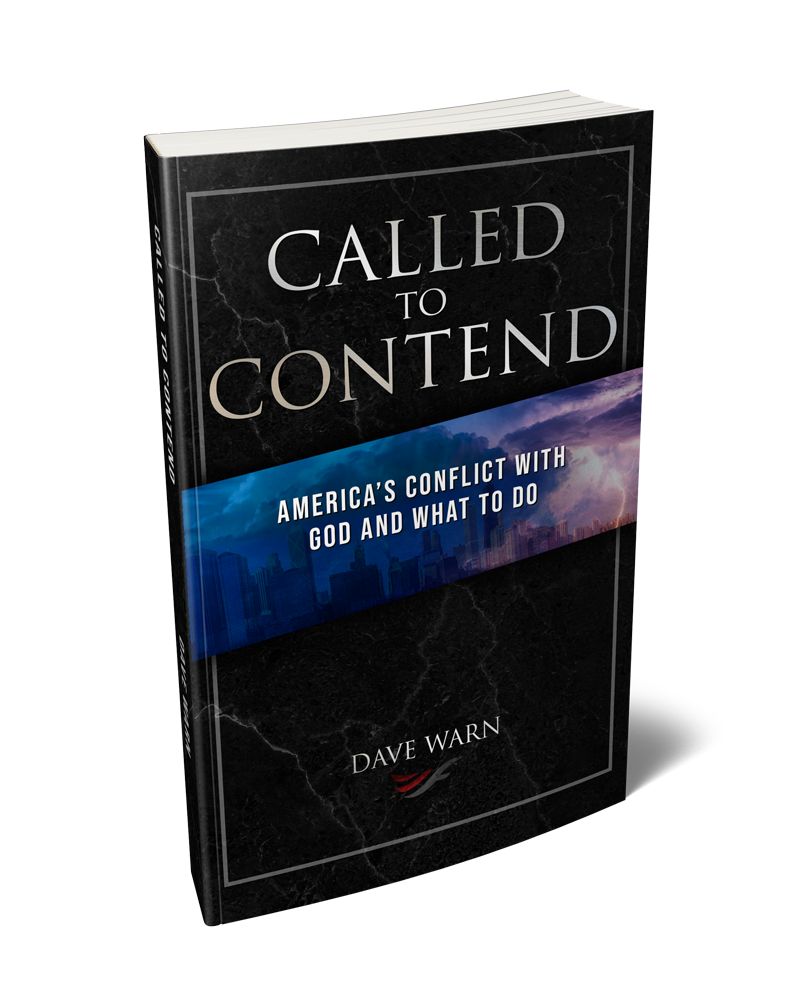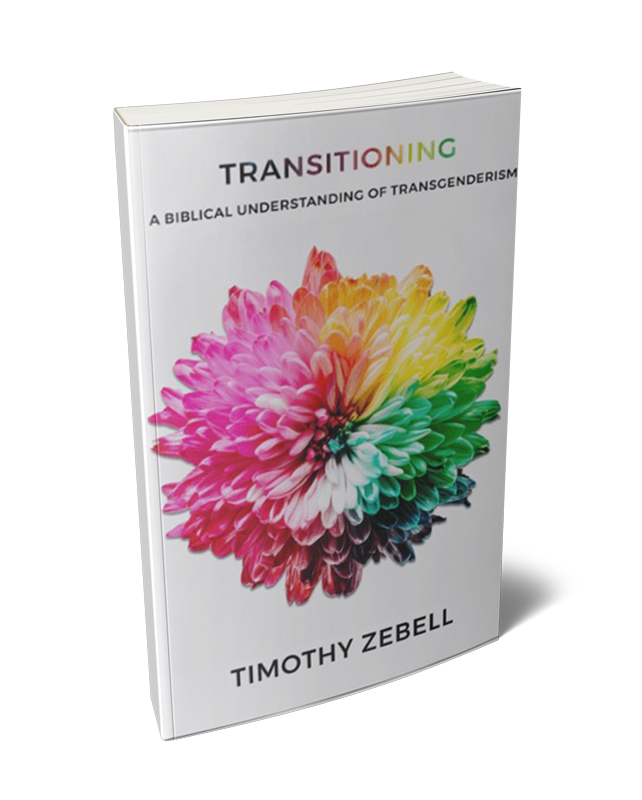Americans have endured two mass shootings in the span of a single week, sparking a renewed interest in enacting new gun control laws. With eight dead in Atlanta, Georgia[01] and 10 dead in Boulder, Colorado,[02] the Senate Judiciary Committee is convening today to consider possible legislative efforts to reduce gun violence in our country.[03] Most Americans already have strong opinions regarding gun control, making this a particularly divisive issue; however, most Americans would also likely be surprised by the history of the gun control debate in our country. Considering the inevitable explosion of emotional rhetoric about to flood our news outlets, I think it would be worth our time to mentally prepare our minds and spirits by revisiting an article I originally wrote on May 23, 2018 following the mass shooting in Santa Fe, Texas.
*****
Last week’s Santa Fe, Texas school shooting, which left 10 students dead, has reignited the gun control debate. Few things divide Americans like the issue of gun control, and debate on the matter is often visceral. Syndicated radio host Alex Jones told Piers Morgan, “Hitler took the guns. Stalin took the guns. Mao took the guns. Fidel Castro took the guns. Hugo Chavez took the guns. And I’m here to tell you, ‘1776 will commence again if you try to take our firearms.’”[1] On the other side, a student victim in the Parkland school shooting urged Congress, “I lost my uncle due to gun violence in Brooklyn 15 years ago, and nothing has changed. Columbine happened; nothing’s changed. Sandy Hook happened; nothing’s changed. Parkland happened; nothing’s changed. … We have to do something. This cannot happen again.”[2] Likewise, law professor David Cohen writes, “The Second Amendment needs to be repealed because it is outdated, a threat to liberty and a suicide pact. When the Second Amendment was adopted in 1791, there were no weapons remotely like the AR-15 assault rifle and many of the advances of modern weaponry were long from being invented or popularized.”[3]
Sometimes we become so entrenched in our political camp that we lose perspective on the debate. In the case of gun control, we may be surprised to discover that, throughout American history, robust gun laws have always existed alongside a firm belief in gun rights, beginning even before the signing of the Constitution.[4]
Gun Confiscation Laws
During the Revolutionary War, Massachusetts decided to confiscate the weapons of British sympathizers who were “notoriously disaffected to the cause of America” and who refused to defend the united colonies against British attacks.[5] Every male person above the age of 16 was required to subscribe to a “test” of allegiance, and those who failed were disarmed of “all such Arms, Ammunition, and Warlike Implements, as by the strictest Search can be found in his Possession or belonging to him.”[6] The weapons were then given to the continental troops.[7]
Similarly, in Pennsylvania, those who refused to take loyalty oaths to the State were required to relinquish their weapons and were not permitted to carry arms or keep ammunition and weapons in their “house or elsewhere.”[8] “Thus, the security of the community outweighed any right a person might have to possess a firearm.”[9]
Granted, the above occurred during an exceptional time, being the era of the Revolutionary War; nevertheless, the Massachusetts legislature passed a law in 1787 pertaining to those who had rebelled against the State the year before in Shays’ rebellion. According to the law, anyone seeking a pardon by the governor were required to take an oath of allegiance and relinquish their weapons to the State for a period of three years.[10] Additionally, former director of the Second Amendment Research Center at the John Glenn Institute, Saul Cornell, notes, “[T]he decades after ratification of the Second Amendment saw increased, not decreased levels of regulation.”[11]
Gun Registration Laws
Two months after ratifying the Second Amendment, President George Washington signed a law requiring that “every free able-bodied white male citizen … provide himself with a musket” and its accompanying accoutrements.[12] This was because, at the time, many farmers found that such heavy and cumbersome military-style weapons were less useful than a gun that today serves as the predecessor to the shotgun. To ensure the “well regulated militia”[13] was properly equipped, the federal government required all men purchase suitable weapons for war.[14] To encourage compliance, the citizenry was subject to inspections that served as a precursor to today’s gun registration database.
Twice each year in New York, the militia were required to attend a regimental parade where each man and his equipment was examined. Those who failed to attend or who were lacking the appropriate equipment were fined.[15] Likewise, twice each year in Massachussetts, “an exact List of [each man in the] Company, and of each Man’s Equipments” was made and sent to the commanding officer.[16]
Ammunition and Loaded Gun Laws
To reduce the risk of fire and to protect those fighting fires, statutes were enacted to regulate the quantity, storage, and transportation of gun powder. Saul Cornell notes, “Early Americans were permitted to own more gunpowder than they could physically possess. The powder in excess of the legal limit had to be kept, at the owner’s expense, in a public magazine. Removal or transport of the powder from the powder house was also subject to safety regulations.”[17]
Safe Storage Laws
Proper storage of firearms was restricted in early America. “A 1783 Massachusetts statute declared that ‘the depositing of loaded Arms in the Houses of the Town of Boston, is dangerous’ and provided for fine and forfeiture for anyone keeping a loaded firearm in ‘any Dwelling-House, Stable, Barn, Out-house, Ware-house, Store, Shop, or other Building.’”[18]
Concealed Carry Laws
Several states determined that the dangers arising from concealed weapons were greater than the benefits to the populace. Ohio’s law read, “[W]hoever should carry a weapon or weapons, concealed on or about his person, such as a pistol, bowie knife, dirk, or any other dangerous weapon, shall be deemed guilty.”[19] Furthermore, Georgia banned the sale of concealed weapons in 1837, and Tennessee followed in 1838. The Supreme Court of Tennessee upheld the law, declaring that “the Legislature intended to abolish these most dangerous weapons entirely from use.”[20] Saul Cornell notes, “Neither the constitutional right to bear arms nor the common law right of self-defense trumped the right of the state to regulate firearms, including prohibitions on certain types of weapons.”[21]
Gun-Free Zone Laws
Early Americans were limited regarding when and where they could discharge their weapons. In 1820, Cleveland prohibited any discharge of a weapon by city ordinance, Tennessee granted the mayor authority to “make any rules and laws regulating the … shooting and carrying [of] guns”, and an Ohio statute made it illegal to “shoot or fire a gun at a target within the city limits of any recorded town plat in [the] state.”[22]
Gun License Laws
Although not common, gun licenses were required in early America. In 1806, Virginia required every “free negro or mulatto” to acquire a license before carrying or keeping “any firelock of any kind, any military weapon, or any powder or lead.”[23]
Despite our founding fathers’ staunch support of gun rights in the Constitution, there have always been state and federal gun restrictions. Throughout our history, legislators have endeavored to find a balance between public safety and personal gun liberties. As such, the debate over gun control is not as simplistic as we’ve been led to believe. It is not a matter of those who respect the Constitution versus those who do not.
We must stop viewing the other side as our enemy. There is value in both positions. History teaches us that without the right to bear arms, governments often become oppressive and tyrannical. Likewise, history teaches us that some restrictions are necessary for the good of the population at large. It is time for us to give proper consideration to the heart behind our opponents’ arguments. Granted, the arguments on both sides are often peppered with false information and misleading statistics; nevertheless, this is no excuse for us to villainize our opponents. The Right are not heartless people who care more about their personal freedoms than they do about people’s lives. Likewise, the Left are not ignorant idealists paving the path of tyranny.
When we allow any issue that is not a moral imperative in Scripture to divide us to the point that we cannot respect one another, we have allowed ourselves to once again become slaves to our old, sinful nature. Galatians 5:20–21 says, “Now the works of the flesh are evident:… enmity, strife, … fits of anger, rivalries, dissensions, divisions”. We may excuse our behavior as being patriotic, compassionate, or faithful to the Constitution, but the truth is that we are sinning. Contrary to the instruction of Romans 14:1, we are allowing opinions to create quarrels and divisions. As such, we must change the way we approach the issue. Perhaps we could begin by loving our “enemies” (Luke 6:27).
How might our conversations about gun control differ if we wrapped them in love?
- Love is patient – It doesn’t speak over the top of our opponents when debating the issue. It listens to the other’s argument, even when we believe it to been erroneous, foolish, or idealistic. And it tries to persuade by gradually influencing the other rather than overwhelm with information overload.
- Love is kind and not rude – It doesn’t assume the worst about the other’s motives. It doesn’t name-call and mock. And it doesn’t accuse.
- Love is not arrogant or boastful – It doesn’t assume one has the corner on truth. It doesn’t assume the other is ignorant. And it doesn’t stress, “I told you so.”
- Love is not irritable or resentful – It doesn’t become angry when there is a disagreement. It doesn’t shout as a means of winning the argument. And it doesn’t allow disagreements to drive a relational wedge.
- Love does not insist on its own way – It doesn’t assume there is only one correct solution to the problem. It doesn’t assume there is not a better solution available. And it doesn’t resist discussing the matter unless done according to our rules and parameters.
- Love rejoices with the truth – It rejects distorted and misleading presentations of data. It rejects false quotes, reports, and statistics … even if they advance the preferred narrative. And it is willing to change one’s position if shown to be in error.
- Love bears, hopes, and endures all things – It doesn’t give up on someone. It accepts being misunderstood and falsely accused in an effort to influence others. And it believes major change is possible
Free Downloads
Share...
01. Fausset, Richard and Neil Vigor. “8 People Killed in Atlanta-Area Massage Parlor Shootings.” US News. New York Times, March 16, 2021. Last updated March 19, 2021. https://www.nytimes.com/2021/03/16/us/atlanta-shootings-massage-parlor.html.
02. Pietsch, Bryan, Will Wright, Neil Vigdor, Erik Vance and Shawn Hubler. “Colorado Grocery Store Shooting Leaves 10 Dead.” Live Updates. New York Times, March 23, 2021. Last updated March 23, 2021, 11:45 a.m. https://www.nytimes.com/live/2021/03/22/us/boulder-colorado-shooting.
03. Sherman, Nicholas. “Senate Holds Hearing on Gun Control, Morning after Mass Shooting in Colorado.” Government. Just the News, March 23, 2021, 10:26 a.m. https://justthenews.com/government/congress/senate-holds-hearing-gun-control-morning-after-mass-shooting-colorado.
1. ABCNewsUS. “Alex Jones Piers Morgan 1776 Will Commence Again’ If Guns Taken Away (1/2).” YouTube video, https://www.youtube.com/watch?v=MSBwqRoypo4 (accessed May 22, 2018).
2. AP Archive. “Parkland Students Pressure Congress for Gun Control.” YouTube video, https://www.youtube.com/watch?v=4RqNwOkOpHM (accessed May 22, 2018).
3. Davidson, John. “The Second Amendment Isn’t About Hunting or Self-Defense, but Revolution.” The Federalist, June 20, 2016. Accessed May 22, 2018. http://thefederalist.com/2016/06/20/the-second-amendment-isnt-about-hunting-or-self-defense-but-revolution/.
4. National Constitution Center. “Examining the History of the Second Amendment (June 4, 2014).” YouTube video, https://www.youtube.com/watch?v=TEkn8fElJdY&t=1765s (accessed May 22, 2018).
5. Adams, John. “[Thursday March 14. 1776.]” March 14, 1776. Founders Online, National Archives, n.d. Last updated April 12, 2018. Accessed May 22, 2018. Source: Adams, John. The Adams Papers, Diary and Autobiography of John Adams, vol. 3, Diary 1782–1804; Autobiography, Part One to October 1776, p. 369–370. Ed. L. H. Butterfield. Cambridge: Harvard University Press, 1961. https://founders.archives.gov/documents/Adams/01-03-02-0016-0075.
6. Cornell, Saul and Nathan DeDino. “Historical Perspectives. A Well Regulated Right: The Early American Origins of Gun Control.” Fordham Law Review, November 2004, vol. 73, no. 2, p. 507. Accessed May 22, 2018. http://fordhamlawreview.org/wp-content/uploads/assets/pdfs/Vol_73/Cornell_and_DeDino_November.pdf.
7. Adams, John. “[Thursday March 14. 1776.]”
8. Cornell, Saul and Nathan DeDino. “Historical Perspectives. A Well Regulated Right: The Early American Origins of Gun Control,” p. 506.
9. Ibid, 506.
10. Ibid, 507–508.
11. Ibid, 505.
12. A Century of Lawmaking for a New Nation: U.S. Congressional Documents and Debates, 1774–1875. Statutes at Large, 2nd Congress, 1st Session, p. 271. The Library of Congress, n.d. Accessed May 22, 2018. https://memory.loc.gov/cgi-bin/ampage?collId=llsl&fileName=001/llsl001.db&recNum=394.
13. “Bill of Rights of the United States of America (1791).” Bill of Rights Institute, n.d. Accessed May 22, 2018. https://www.billofrightsinstitute.org/founding-documents/bill-of-rights/.
14. American Revolution Institute. “A Well Regulated Militia: History of the Second Amendment.” YouTube video, https://www.youtube.com/watch?v=dJ3NVmSvh34 (accessed May 22, 2018).
15. Cornell, “Historical Perspectives. A Well Regulated Right: The Early American Origins of Gun Control,” p. 509–510.
16. Ibid, 511.
17. Ibid, 511.
18. Ibid, 512.
19. Ibid, 513.
20. Ibid, 514.
21. Ibid, 515.
22. Ibid, 515.
23. Ibid, 516.
Unless otherwise noted, all Scripture quotations are taken from The Holy Bible, English Standard Version, copyright ©2001 by Crossway Bibles, a publishing ministry of Good News Publishers. Used by permission. All rights reserved.









